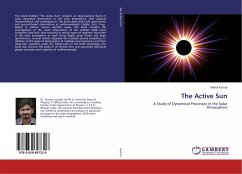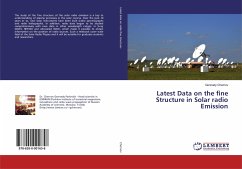The upper layers of the solar atmosphere, namely the chromosphere and corona are hotter than the photosphere. This is against the second law of thermodynamics which, in simple words, states that the temperature decreases as one moves away from the heat source, which is every body's common experience. In that case, how these upper layers of solar atmosphere are heated to such high temperatures is a million dollar question. The magnetic field seems to be central to this problem. Apart from many other problems in solar physics, magnetic field on the sun is at the heart of space weather prediction which is governed by the solar activity. Hence the measurement of the magnetic field simultaneously at various heights is important. For this purpose multiline spectropolarimetry is a powerful observational technique. This thesis is about understanding the magnetic coupling between the photosphere and chromosphere above sunspots through multiline spectropolarimetry.







